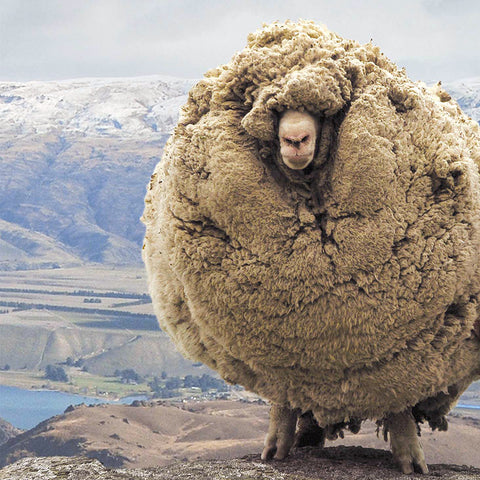
Wool sheep are bred primarily for their wool, which can vary in fineness, length, and texture depending on the breed. Wool is a renewable, natural fiber used in clothing, insulation, carpets, and textiles. These sheep are usually sheared once or twice a year.
🔹 Categories of Wool Sheep
Wool sheep are typically classified into three main wool types:
- Fine Wool Sheep
- Medium Wool Sheep
- Long Wool Sheep
Let’s look at key examples and characteristics:
1. 🐏 Fine Wool Sheep
- Wool Type: Soft, fine fibers (less than 22 microns)
- Uses: High-end clothing, suits, base layers
- Traits: Dense fleece, high lanolin content
Popular Breeds:
- Merino (Spain/Australia): The gold standard in fine wool; highly prized.
- Rambouillet (France): Hardier than Merino; popular in the U.S.
- Debouillet (USA): Cross of Rambouillet and Merino; fine fleece.
2. 🐑 Medium Wool Sheep
- Wool Type: Slightly coarser (23–30 microns)
- Uses: Blankets, socks, sweaters, felting
- Traits: Good for both wool and meat (often dual-purpose)
Popular Breeds:
- Dorset
- Southdown
- Cheviot
3. 🐑 Long Wool Sheep
- Wool Type: Long, lustrous locks (often >30 microns)
- Uses: Rugs, upholstery, specialty yarns
- Traits: Heavier fleece, easier to spin
Popular Breeds:
- Lincoln (UK): One of the largest and wooliest sheep.
- Cotswold (UK): Long, curly, and shiny wool.
- Romney (UK): Hardy and adaptable; dual-purpose.
🪶 Special Mentions
- Icelandic Sheep: Produce dual coats – a fine undercoat (thel) and a coarse outer coat (tog).
- Shetland Sheep: Small, hardy sheep known for extremely fine, colorful wool.
🌍 Where Wool Sheep Are Common
- Australia: World’s top Merino wool producer.
- New Zealand: Major exporter of both wool and lamb.
- UK: Home to many long-wool breeds.
- South Africa & Argentina: Also large Merino producers.
Would you like a comparison chart or help identifying the best wool breed for a farm or fiber business?